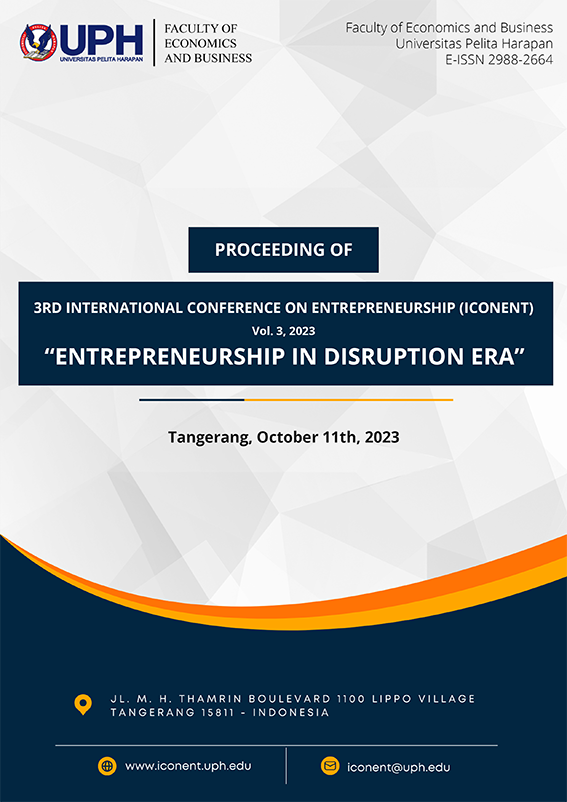Effectiveness and Contribution of Regional Tax to Regional Real Income (Case Study: Kecamatan Belinyu Kabupaten Bangka)
Keywords:
Contribution, Efficiency, Taxes, PAD, IncomeAbstract
Measuring the effectiveness and contribution of local real income (PAD) should be carried out for the purpose of evaluation related to the regional budget. Local real income comes from local tax receipts, local remuneration, income from local wealth management, and other sources. Local taxes are the main source of PAD. PAD will be used to build the area. This research method is a case study in the Belinyu district of Bangka. This is done because this area is a potentially great source of income for the region in terms of its tourism. Belinyu district has a very beautiful beach, but it is unmaintained. The area's tourist attractions do not have toilets, gazebos, or inadequate rest facilities, nor do they have adequate restaurants. The research approach uses descriptive quantitative methods, namely measuring the effectiveness and tax contributions of the Belinyu district. The local taxes used in this study are those related to tourism, namely catering tax, hotel tax, and entertainment tax. The results of the data analysis showed average percentage values of efficiency of 80.60% and regional tax contribution of 89.60%. The effectiveness of the regional tax against PAD is quite effective, and the contribution of the regional tax towards PAD is very good.

 Fakultas Ekonomi dan Bisnis | Universitas Pelita Harapan | Kampus Universitas Pelita Harapan | Gedung F Lt. 12 | Lippo Karawaci, Tangerang - 15811 | Telp 021-5460901 | Fax 54210992
Fakultas Ekonomi dan Bisnis | Universitas Pelita Harapan | Kampus Universitas Pelita Harapan | Gedung F Lt. 12 | Lippo Karawaci, Tangerang - 15811 | Telp 021-5460901 | Fax 54210992